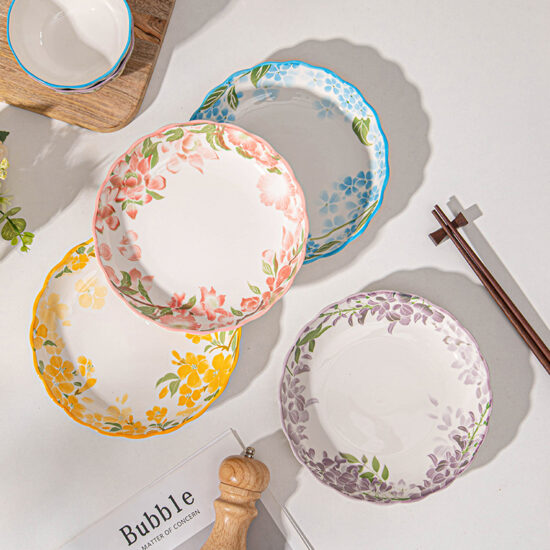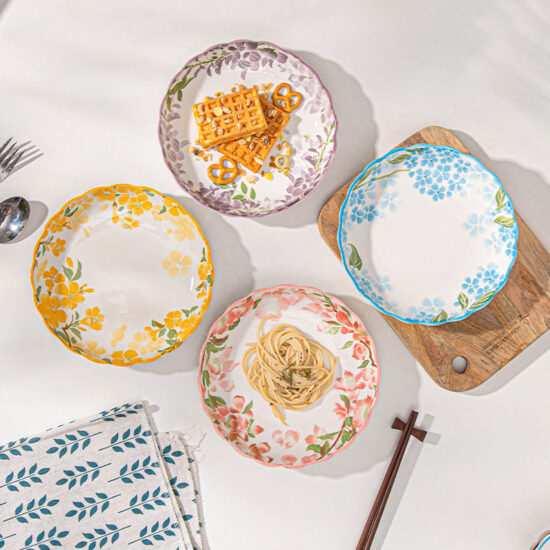bob@nbdho.com
Eco-Friendly Ceramic Plates and Their Growing Global Market Potential
Eco-Friendly Ceramic Plates and Their Global Market Potential
Introduction
As environmental awareness increases worldwide, consumers and businesses alike are seeking sustainable alternatives to traditional tableware. Eco-friendly ceramic plates have emerged as a popular choice due to their durability, natural materials, and low environmental impact. This article examines the production methods, benefits, and the expanding global market potential for eco-friendly ceramic plates.
1. What Makes Ceramic Plates Eco-Friendly?
-
Natural Raw Materials:
Eco-friendly ceramics use natural clays and minerals, avoiding harmful chemicals or heavy metals. -
Energy-Efficient Production:
Some manufacturers adopt low-energy firing processes and use renewable energy sources to reduce carbon footprints. -
Non-Toxic Glazes:
Use of lead-free, cadmium-free, and food-safe glazes ensures safety and environmental compliance. -
Durability and Longevity:
Ceramic plates last longer than disposable or plastic alternatives, reducing waste over time.
2. Sustainable Production Practices
-
Recycling scrap materials and defective products back into the production process
-
Minimizing water usage and waste in manufacturing
-
Implementing eco-friendly packaging solutions, such as biodegradable or recyclable boxes
-
Collaborating with suppliers who adhere to environmental standards
3. Consumer Trends Driving Demand
-
Rising awareness of plastic pollution and single-use waste
-
Growth in eco-conscious hospitality and catering businesses
-
Increasing demand for green products in retail markets
-
Preference for products combining aesthetics with sustainability
4. Global Market Potential
-
North America and Europe lead in eco-friendly tableware adoption due to strict environmental regulations and consumer preferences.
-
Emerging markets in Asia-Pacific show growing interest as middle-class consumers seek sustainable lifestyle products.
-
Online sales channels and eco-label certifications boost market visibility and trust.
5. Business Opportunities for Manufacturers and Suppliers
-
Offering customizable eco-friendly ceramic plates for hotels, restaurants, and retailers
-
Developing unique designs emphasizing sustainability and natural aesthetics
-
Partnering with environmental organizations to promote green initiatives
-
Leveraging certifications (e.g., ISO 14001, Green Seal) to differentiate products
Conclusion
Eco-friendly ceramic plates represent a significant growth opportunity within the global tableware industry, driven by consumer demand for sustainable, durable, and beautiful products. Manufacturers and suppliers who embrace green production practices and market these benefits effectively stand to gain a competitive edge.
At [Your Company Name], we are committed to producing high-quality, eco-friendly ceramic plates that meet international environmental standards, helping your business succeed in the green market.

